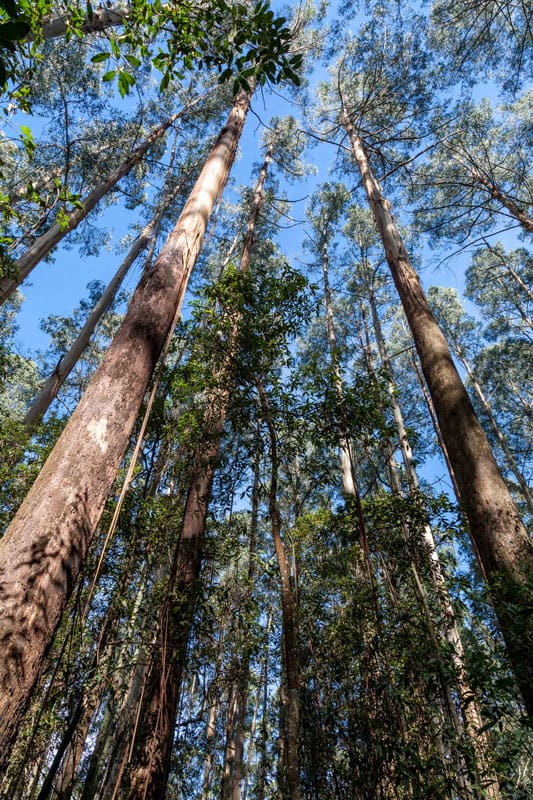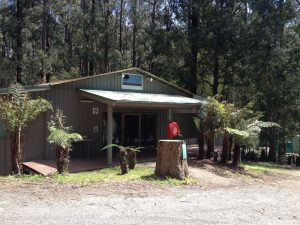Toolangi State Forest


Toolangi State Forest just north of Healesville, offers an immersive learning environment for schools and community groups in Victoria’s tall forest region. The name Toolangi is derived from an Aboriginal expression describing a stringy-bark gum tree. The forest is mainly Eucalypt forest that has regrown from the 1939 Victoria Bushfires. Large sections of the forest were also burnt in the 2009 Victorian Bushfires, although there are some pockets of old-growth forest that have not yet been logged or seriously burnt.
All courses meet multiple curriculum outcomes. Our concentrated learning experiences provide experiential learning, delivers essential field experience, makes learning fun (important after extended lockdowns and home schooling for the last two years), as well as connects and empowers people to relate and interact with the natural environment.
All our educators are specialists in their fields with significant experience – so come join us for a day of experiential learning that will awaken the senses, improve physical and mental wellbeing, as well as deliver curriculum outcomes and essential learning.
We suggest you use the community toilets along the way and be ready to start at 10am sharp to maximise your time in the forest. Our introduction is at the Discovery Tree Room (where you can explore an array of wildlife and see images of logging over the century)…before we set off to visit a Mountain Ash Forest, Temperate Rainforest, River and Logging Coupe. Note our educators guide the program from your bus – so please allow one additional seat on the bus for them.
Toolangi State Forest Excursions
What to expect
Toolangi State Forest, less than 1.5 hours from the centre of Melbourne and just north of Healesville, offers an immersive learning environment in Victoria’s tall forest region.
We recommend toilet stops and morning tea/snacks on the bus so you maximise your time in the forest with the educators. We suggest you use public toilets along the way as there are only two toilets at the Discovery Tree and NO toilets in the forest. If you come via Yarra Glen, we suggest the public toiletblock in Anzac Avenue, Yarra Glen (just off the main highway behind the RSL Club) as there are 7 toilets here – 2 male, 2 female and 3 unisex.
If do you do not come via Yarra Glen but along the Melba Highway, there are 4 unisex toilets at Dixons Creek Recreation Reserve (on the left hand side of the road heading to Toolangi near the CFA). You can also stop at Castella Central Park on the corner of Melba Highway and Toolangi Road, although there are only two toilets here and parking can be problematic.
The program starts at 10am sharp – so plan ahead and allow for possible road works and or heavy traffic as well as the convenience stops. You are to meet our educators at our Discovery Tree Room, just behind the CFA (see attached map). Your bus is required to accompany the groups for the entire program, as we move from site to site; visiting a Temperate Rainforest, Mountain Ash Forest and Logging Coupe.
Forest Excursions enable students to experience the natural environment, explore intricate interrelationships of native plants and animals and appreciate the important role that they have in achieving sustainable living now and in the future. State Forests are managed by DELWP (the Department of Environment, Land, Water and Planning) along with Parks Victoria and are not National Parks, though there are some Special Protection Zones. State forests are less developed than National Parks and a broader array of activities can occur within their boundaries, including hunting, fishing and timber harvesting. This makes it an excellent location for teaching students about human impacts on this ecosystem.

